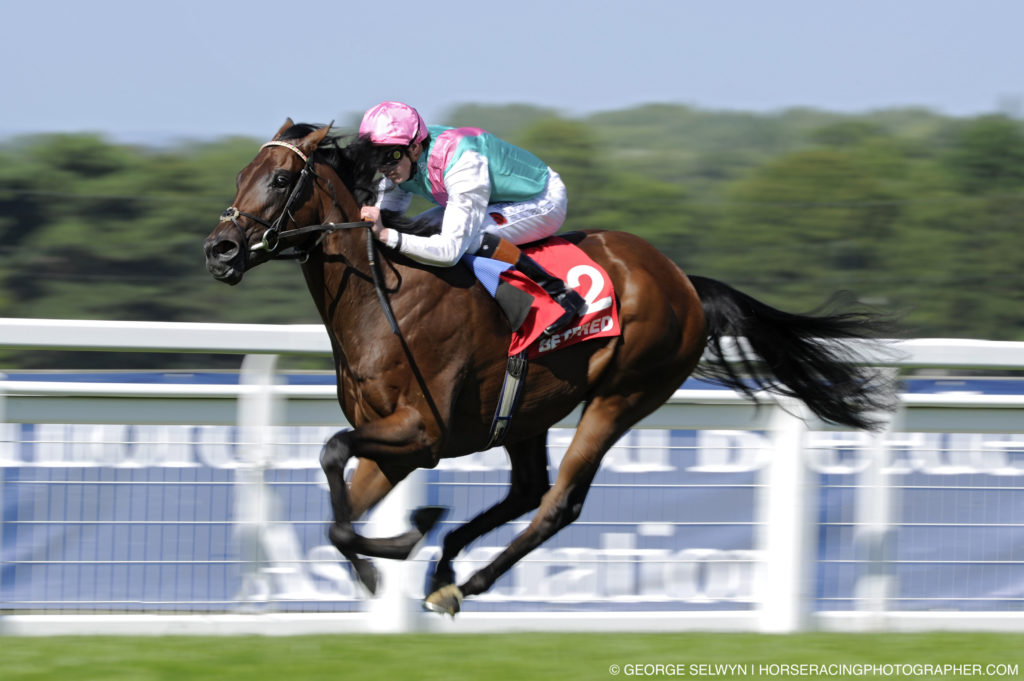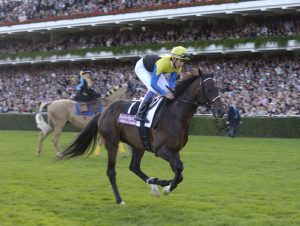The two big drivers of production of tomorrow’s racehorses are the yearling sales market and the stallion and mare market. However, both are forced ultimately to bend to the will of the racehorse owner in all their shapes and sizes.
But they do so only in the most general of terms. Stallion managers can see for themselves what has been successful on the racecourse and will offer their version of what they think owners want.
Quite often, the word will come back through the yearling sales that supply and demand are out of kilter.
The Return of Mares is the first real opportunity to assess what breeders are putting forward as their answer to what racing needs in terms of raw material.
The latest version seems to be saying that racing needs more and more expensively produced yearlings to populate training establishments in the coming years.
As many as eight Flat stallions covered 200 or more mares in 2019, which easily eclipsed the previous record of six, set three years earlier.
But it’s not just that individual books are being packed to the rafters; it’s also significant that there are more and more expensive stallions with very large books nowadays.
In the five years since 2014, as many as 1,180 extra mares visited British and Irish sires standing for fees of £20,000-plus/ €20,000-plus. Just think how much extra pressure this has put on breeders to recoup their investments at the sales in the past few years.
Furthermore, there are still three crops in the pipeline with even higher expectations. It’s no wonder that the number of yearlings at the major sales to turn a profit has fallen in recent years.
At the five European majors – Tattersalls Books 1 and 2, Goffs Orby, Arqana August and Doncaster Premier – only 64% of yearlings cleared their advertised stud fee, plus £20,000.

Kingman: attracted the most elite book of mares in 2019
That’s down from 71% two years ago and looks vulnerable to further falls as a record number of 20k-plus stallions are being lined up for covering in 2020. Yes, the yearling market is growing but not enough to cope with this level of expectation.
There’s no arguing with the fact that it’s quality mares that count if you are trying to be successful in this business. To that end, it’s probably better to look at stallion returns by the number of good mares they have covered.
For the purposes of this article, I’m using a measure I devised for rating mares by the quality of their pedigree (for young mares) and the quality of their produce records (for older mares). Suffice to say elite mares make up the top 15% of the population and they are the ones most likely to make an impact at stud.
Kingman attracted the most elite mares (136) in 2019 but they made up only 58% of his total 233 book. The Juddmonte star was one of only half a dozen stallions to attract 100 or more elite mares in 2019.
Most of the others attracted a much higher proportion of elite mares, Dubawi’s 118 making up 74% of his total, while Galileo’s 110 accounted for 72% of his book. Sea The Stars (118), Lope de Vega (113) and Frankel (104) were the other centurions in the group.
Remarkably, there were 23 new stallions in 2019, which built upon four previous years with high numbers of new stallions. It’s a sobering thought that 6,767 mares – about 49% of the overall viable Flat population – were covered this spring by unproven stallions.
The latest intake was headed numerically by Coolmore’s Scat Daddy stallion Sioux Nation with 241 mares at an advertised fee of €12,500. But he was only seventh on the list when ranked by elite mares covered.
The late Roaring Lion did best of the new boys by elite mares covered with 57, ahead of Saxon Warrior (38), Expert Eye (31) and Cracksman (29).
Inevitably it was tougher for second-, third- and fourth-season sires, but the obvious potential of some was still rewarded. Breeders stuck with second-season sire Churchill (50 elite mares) and also continued to support Caravaggio, Ulysses, Ribchester and Profitable among the retirees of 2018.
New Bay and Awtaad did best of the third-season sires, while Muhaarar (38), Golden Horn (30) and Gleneagles (29) were popular among the stallions with their first runners in 2019.



